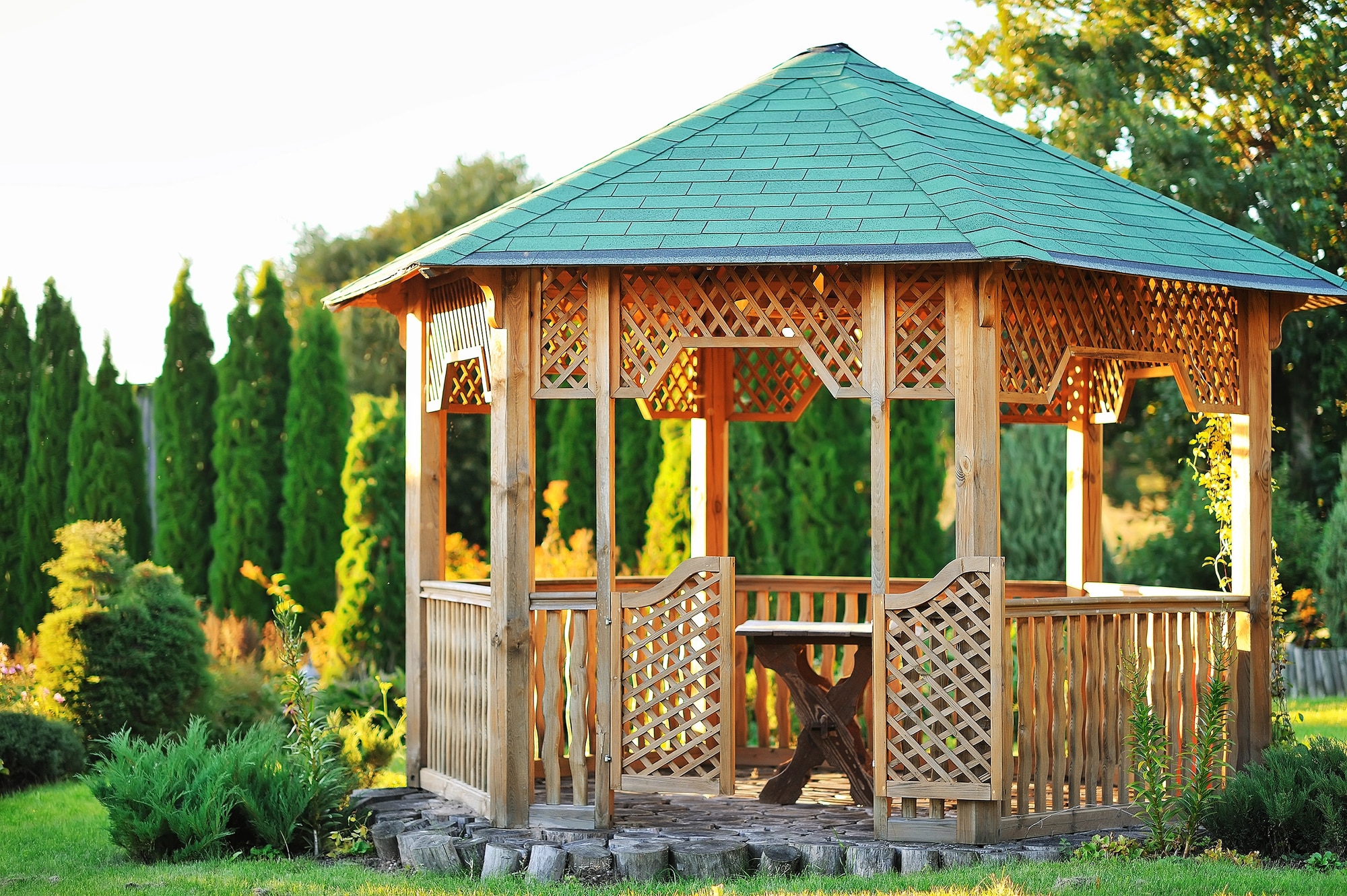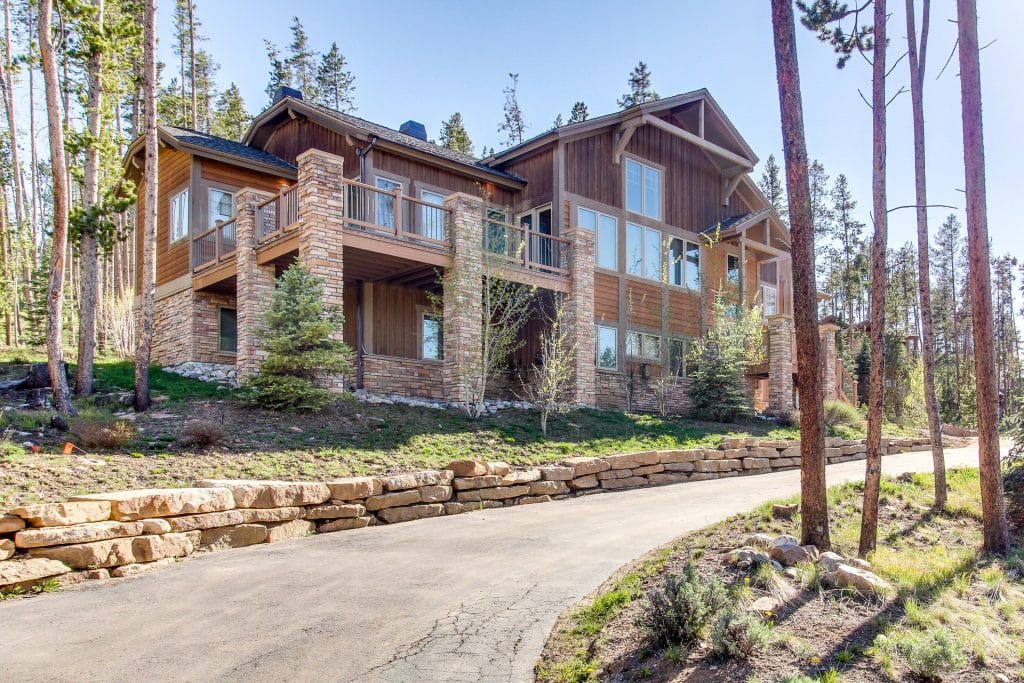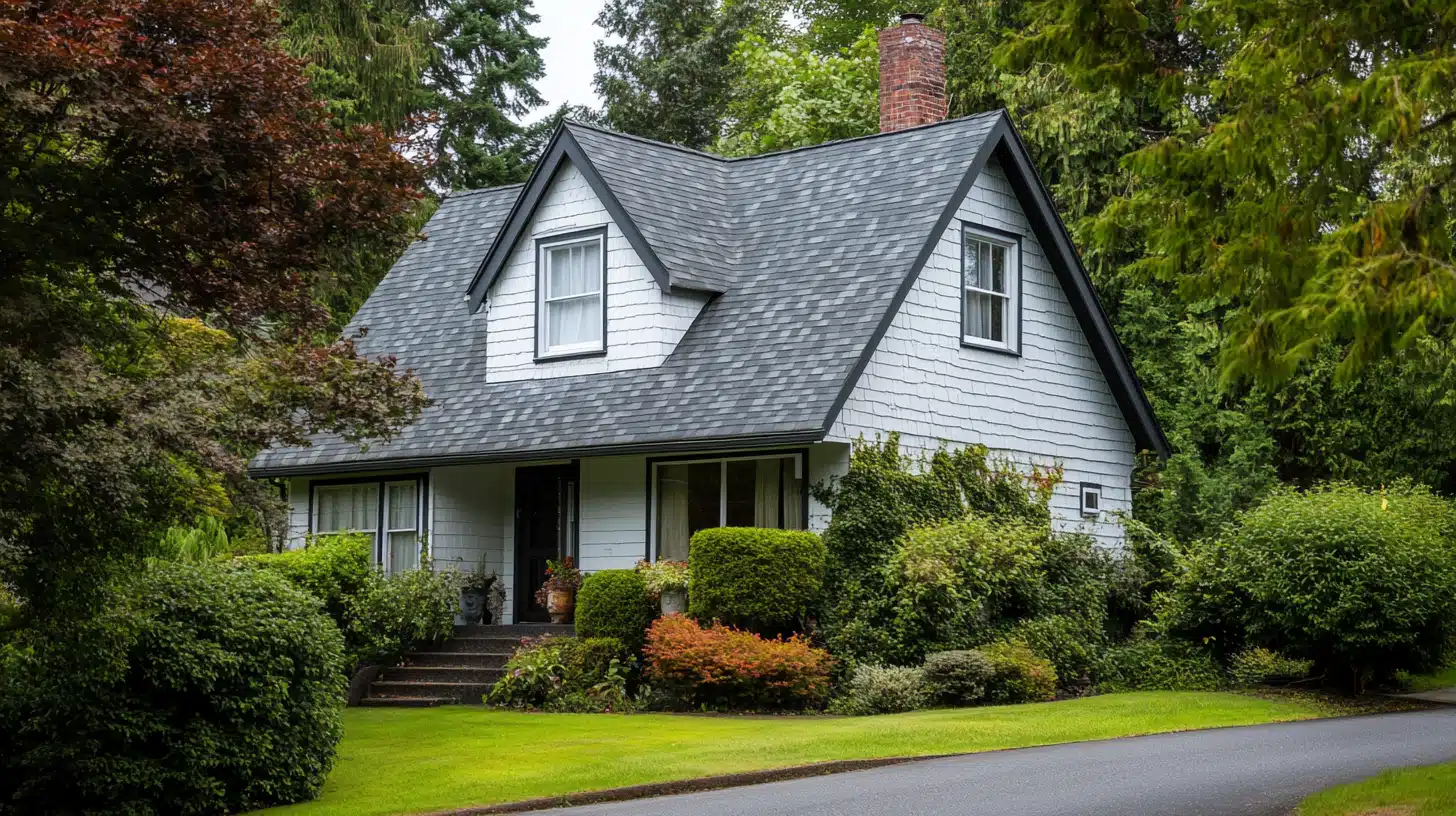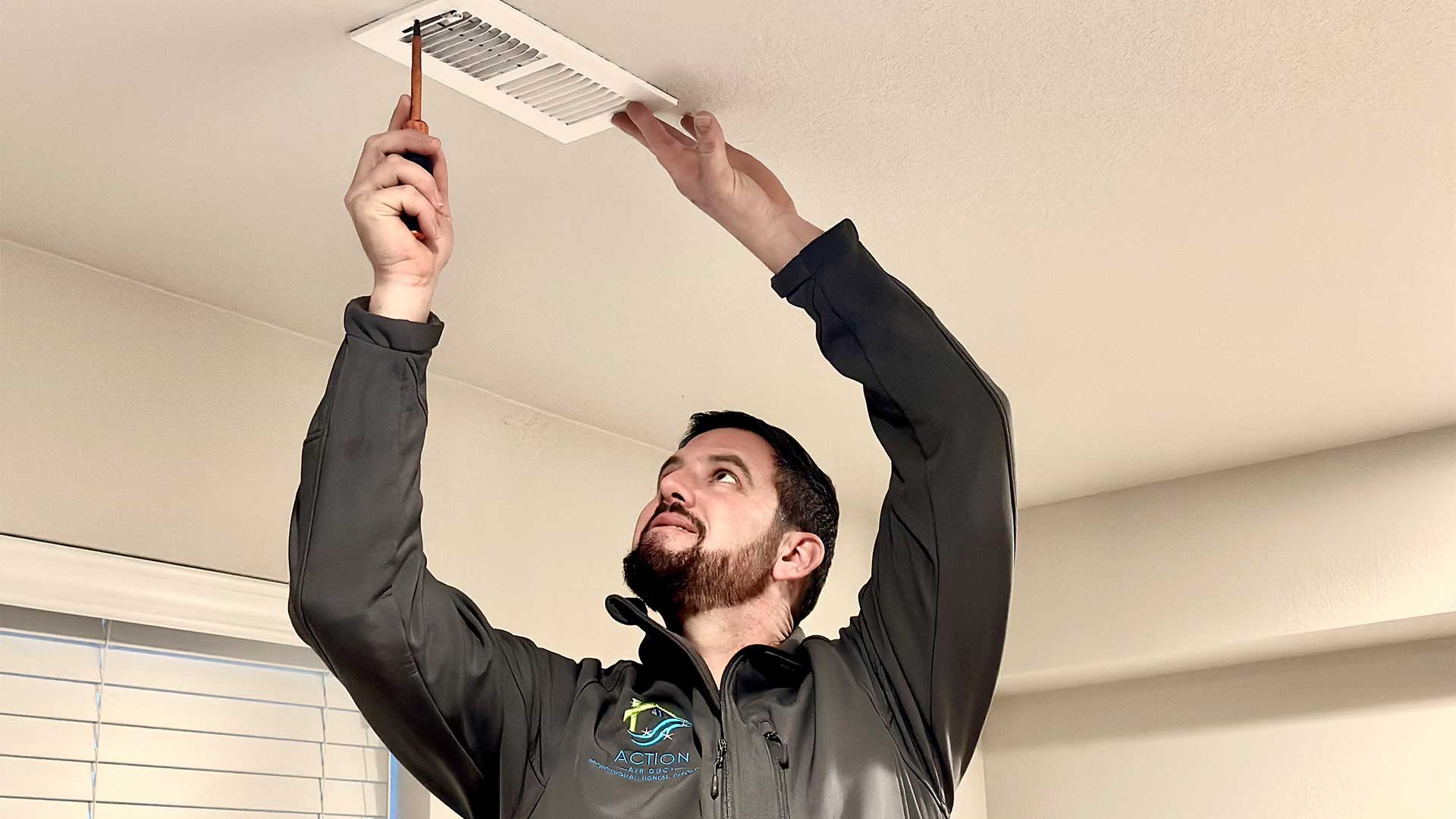Weathering the Storm: Is it Safe to Shelter in a Gazebo?
Storms can come upon us with little warning. When they do, finding a safe place to ride out harsh weather becomes a top priority.
Many people wonder about the safety of taking shelter in a gazebo during storm conditions. This article dives deep into the safety aspects, considerations, and tips for using a gazebo as a shelter during storms.
Understanding Gazebos
A gazebo is a freestanding, open-sided structure often found in gardens, parks, and spacious backyards. They are popular for relaxation and outdoor entertainment.
Gazebos come in various designs and are made from materials like wood, metal, or vinyl. Some are simple, open-air structures, while others may have partial walls or screens.
Is it Safe to Shelter in a Gazebo?
When a storm approaches, the safety of any outdoor structure, including gazebos, comes into question. Is it safe to be in a gazebo during a thunderstorm? Generally, the safety of a gazebo during a storm largely depends on its design, material, and maintenance.
Metal or solid wood gazebos with a sturdy foundation may withstand mild to moderate storms.
However, in high winds or severe weather conditions, they can become hazardous. Gazebos are not typically designed to be weatherproof to the degree necessary for a safe shelter during strong storms.
Furthermore, gazebos’ open sides do not offer much protection from rain, hail, or flying debris. Structural integrity can also be a concern, especially for older or poorly maintained structures.
Key Considerations Before Using a Gazebo for Shelter
Before deciding to shelter in a gazebo during a storm, assess the storm’s intensity and the surrounding area. Avoid gazebos near tall trees or power lines that could fall and cause injury.
Regular maintenance and preparation are crucial for emergency use. Inspect the gazebo periodically to ensure it is in good condition. Prepare an emergency supply kit stored in a waterproof container and have a communication plan in place.
Enhanced Safety Practices for Gazebo Sheltering
To improve safety, steps can be taken to reinforce gazebos, especially if you live in an area prone to harsh weather. Adding storm shutters or securing the structure to a concrete foundation can help. Clearing the surrounding area of loose objects that could become projectiles is also vital.
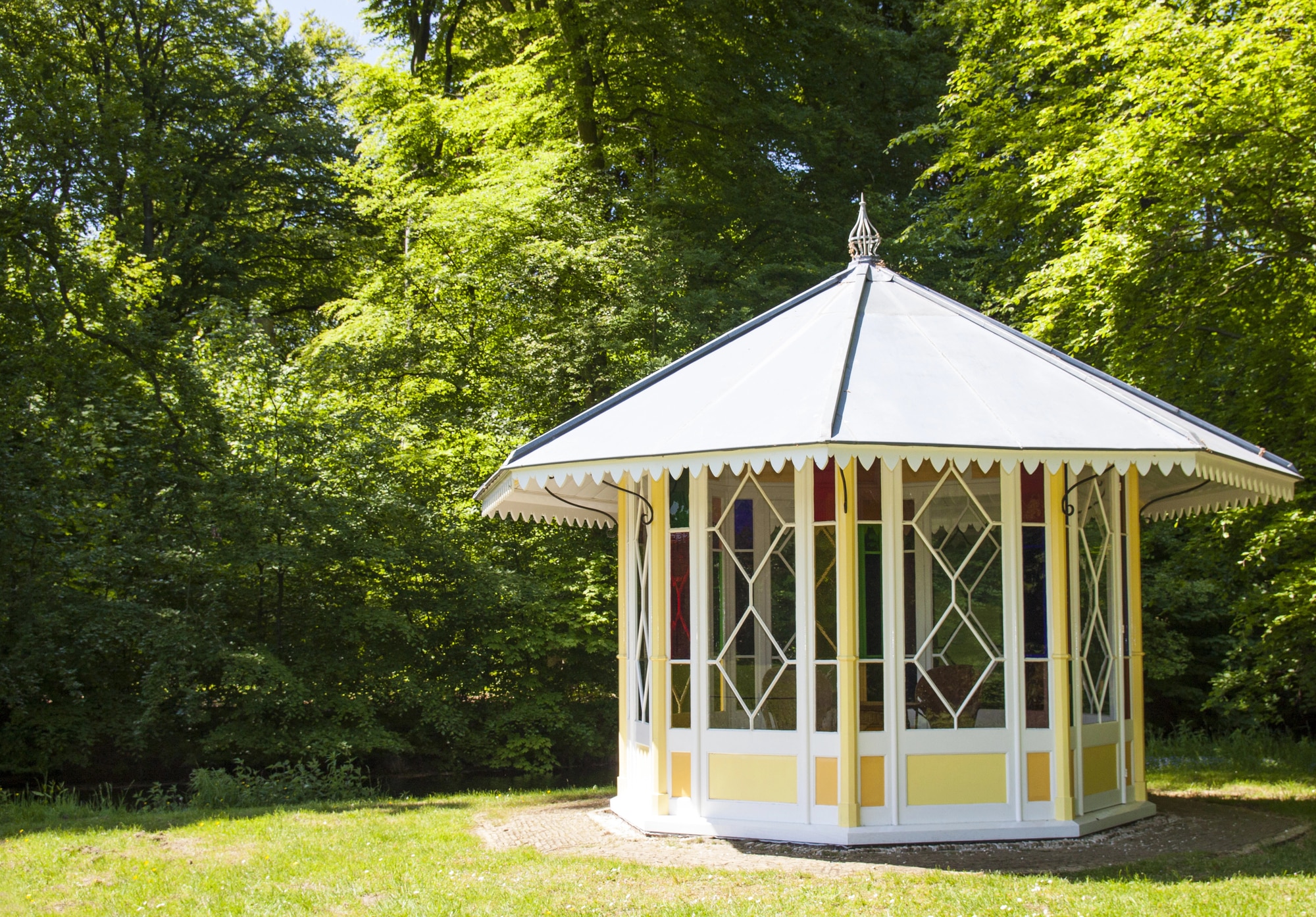
Keep a dedicated emergency kit in or near your gazebo. This kit can include first aid supplies, water, non-perishable food, flashlights, and a portable radio. Always have a charged cell phone handy for emergency communications.
Alternatives to Gazebos for Safe Storm Sheltering
While gazebos offer a charming retreat, they are not the safest option when a storm approaches. It’s crucial to seek out alternatives that provide robust protection against violent weather. Preferred options include:
- Storm Cellars: Specifically constructed to withstand extreme weather events, storm cellars are typically buried underground away from potential flying debris.
- Basements: Solidly built and below ground level, basements can offer a secure haven from high winds and heavy rainfall.
- Interior Rooms: If you don’t have access to a storm cellar or basement, choose an interior room without windows on the lowest floor of your home. Bathrooms or closets can serve as temporary shields from the storm’s brunt.
Being proactive in identifying your safest shelter location before a storm warning can be the difference between safety and harm.
Take time to plan your emergency response and communicate with all household members to ensure everyone understands where to go when the skies threaten.
Legal and Insurance Considerations
When considering reinforcing or modifying your gazebo to enhance storm safety, it’s imperative to navigate the maze of local building codes and obtain the necessary permits.
Every municipality has unique requirements concerning structural modifications, and these laws are in place to ensure public safety and compliance with zoning ordinances. Neglecting to secure permits can result in legal penalties, added costs, and the potential to have to undo the changes made.
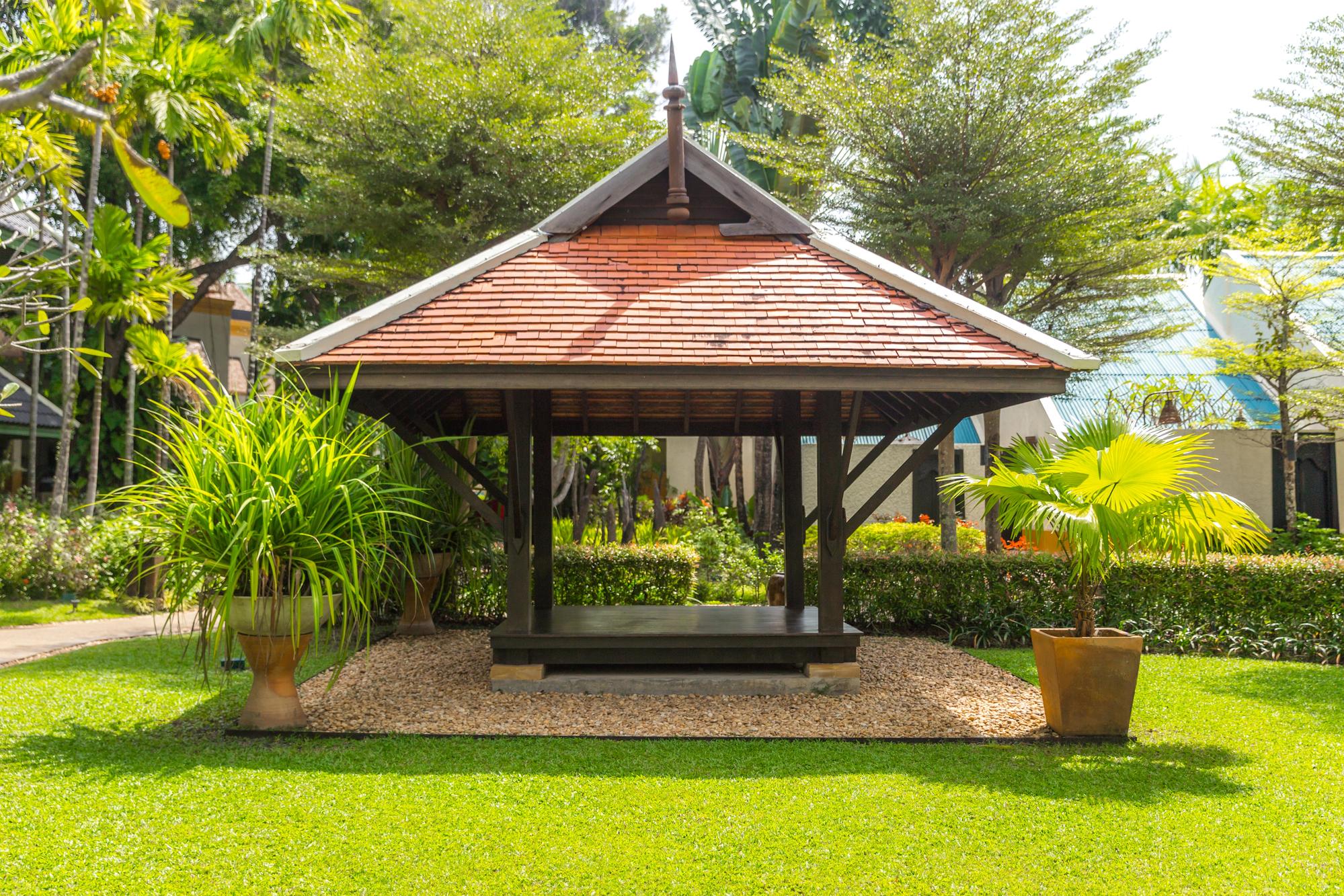
Insurance is another critical factor to examine. Homeowners’ insurance policies vary widely, so it’s paramount to review your coverage details.
Standard policies may include coverage for detached structures like gazebos, but coverage limits can be significantly lower than for the main dwelling and might not account for all types of storm damage.
Moreover, certain catastrophes, such as floods or earthquakes, often require separate policies.
It’s advisable to proactively engage with your insurance provider to understand the nuances of your policy. Discuss potential scenarios to determine if additional coverage is warranted based on your location’s risk profile.
For example, if you reside in a hurricane-prone area, specific endorsements for windstorm damage may be necessary.
Understanding your policy’s deductibles, exclusions, and limits ensures that you are not caught off guard financially if your gazebo suffers damage during a storm.
Keeping abreast of the legal and insurance aspects not only aligns with compliance but also safeguards your investment against unforeseen natural events.
Frequently Asked Questions
Can gazebos provide reliable shelter in high winds?
Gazebos can offer some protection in mild weather conditions but are generally not reliable in high winds. The risk of injury from flying debris or structural failure makes them unsafe in severe storms.
How can I enhance my gazebo’s security and storm readiness?
Securing the gazebo with straps or anchors and reinforcing the structure can improve safety. Regular inspections and maintenance are also key.
What precautions should I consider when sheltering in a gazebo during lightning storms?
It’s crucial to note that gazebos do not offer lightning protection. If there is a risk of lightning, seek shelter indoors or in a vehicle.
What should I do if a storm intensifies while I am in a gazebo?
If the storm worsens and it’s safe to move, seek more secure shelter immediately. Otherwise, stay low to the ground, away from the gazebo’s edges, and cover your head to protect from flying debris.
Conclusion
While a gazebo can offer a pleasant outdoor retreat, its safety as a storm shelter is limited.
By understanding the limitations and risks, preparing the structure for emergencies, and knowing when to seek more secure shelter, you can enjoy your gazebo without compromising safety.
Always prioritize planning and preparation to ensure you and your loved ones stay safe during storms.

